There is an essential component to the operation of any engine that often goes unnoticed until trouble strikes — the timing chain. But like any component, the timing chain can wear, leading to expensive issues or even catastrophic engine failure.
The timing chain provides a mechanical linkage that ensures all moving parts work in perfect harmony. It connects the camshaft, which controls the opening and closing of the valves, to the crankshaft, which is attached to the pistons. In this way, the timing belt ensures that fuel and air enter the engine and exhaust gases exit in synch with the motion of the pistons.

Unlike timing belts, which are made of rubber and require periodic replacement, timing chains are constructed from durable metal links, much like a burly bicycle chain. Timing chains are housed inside the engine where they are protected from contamination and lubricated by engine oil to reduce friction and wear. This design allows them to last significantly longer, hopefully for the life of the vehicle, provided they are properly maintained.
However, even with their robust design, the timing chain is not immune to wear. Over time, factors such as extreme use, insufficient lubrication, soot buildup, high mileage or poor maintenance can lead to issues like chain stretch or damage to the tensioners and guides. These problems can disrupt the engine’s timing, leading to symptoms such as rough idling, engine misfires or even catastrophic failure.

Timing-chain stretch
Timing-chain stretch, when the chain lengthens beyond its original specification, is a common issue with timing chains. This elongation can disrupt the precise timing of the engine, throwing off synchronization and leading to poor engine performance. The leading culprit? Soot in the motor oil.
Although most people associate soot with old-fashioned diesel engines, modern gasoline-direct-injected (T-GDI) engines can produce more soot than older diesels not equipped with a particulate filter.
Soot can accumulate in the motor oil of T-GDI engines. The tiny particles can agglomerate into larger, wear-causing particles that cause problems inside the engine before the oil filter has a chance to capture them. These particles appear to be causing accelerated timing-chain stretch on some vehicles. In fact, Ford* issued a technical service bulletin (#14- 0194) in 2020 that acknowledged timing-chain wear as a problem in certain vehicles equipped with its popular 3.5L EcoBoost* engine (the problem has since been resolved).

Soot particles can lodge in the tiny clearances between the links and pins of the timing chain. They slowly scour the metal surfaces as the engine is running, enlarging the clearances. After a while, the timing chain elongates. It doesn’t actually “stretch” like a rubber band. Instead, the enlarged clearances between the links and pins create slack, effectively increasing the chain’s length. While the tensioner can take up some of the slack, it has its limits.
If the chain stretches beyond the capability of the tensioner, the camshaft and crankshaft sensors can trigger an engine code and even send the engine into “limp” mode. Other issues include worn sprockets, faulty tensioners and chain slack.
Once slack or damage has developed, it can cause the timing chain to jump teeth on its sprockets, which may result in valve or piston damage and, in severe cases, catastrophic engine failure.
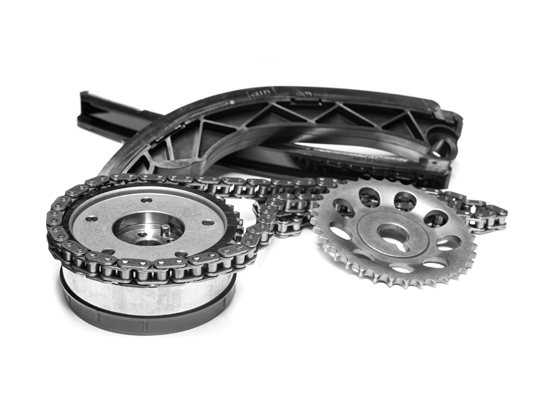
Warning signs
Detecting timing-chain problems early can prevent major repairs down the road. Some of the most common warning signs include…
Unusual noises
A rattling or clanging noise, especially at startup, is often a telltale sign of timing-chain slack or failing tensioners.
Engine misfires or rough idling
A stretched timing chain can disrupt the engine’s firing sequence, leading to misfires or unstable engine performance, particularly during idling.
Check-engine light
If your check engine light comes on, it’s worth investigating whether the timing chain could be the culprit.
Poor performance
A timing-chain problem may reduce engine power, fuel efficiency or overall performance, making it more difficult to accelerate or maintain speed efficiently.
The Role of Motor Oil
Timing chains depend on proper lubrication to reduce friction and wear between the chain links, sprockets and tensioners. Without adequate lubrication, these components can overheat and wear prematurely.
If you drive a T-GDI engine that’s known to suffer from timing-chain stretch, it’s a smart move to use a premium synthetic oil and a high-quality oil filter to help fight soot-induced timing-chain wear.
To combat the issue of soot, the industry developed the Sequence X Engine Test (ASTM D8279) specifically to measure an oil’s ability to resist soot and fight timing-chain stretch. It’s part of the API SP and ILSAC GF-6 motor oil specifications introduced in May 2020.
The test uses a Ford 2.0L EcoBoost engine run a total of 216 hours throughout a series of cycles. The timing chain is measured after break-in and again following the test. The pass/ fail criteria is ≤0.085% timing-chain elongation.
AMSOIL Protection
AMSOIL Signature Series 100% Synthetic Motor Oil, Extended Life 100% Synthetic Motor Oil and OE 100% Synthetic Motor Oil all passed the Sequence X Engine Test, proving their excellent protection against timing-chain stretch. These oils guard against timing-chain wear in modern T-GDI engines to help prevent timing-chain stretch.
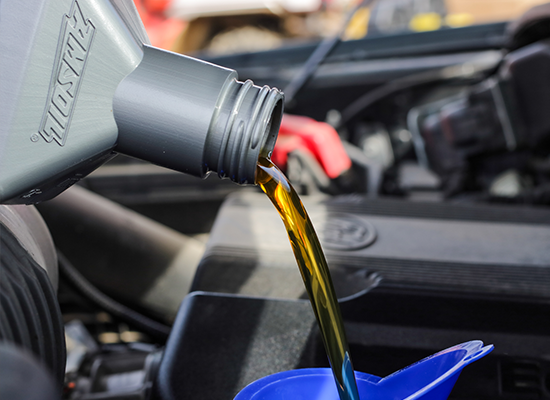
AMSOIL synthetic motor oils protect timing chains on several fronts:
- Enhanced wear protection
AMSOIL synthetic motor oil uses naturally shear-resistant base oils combined with top-tier, shear-stable viscosity improvers that withstand extreme heat and shearing forces. Robust anti-wear additives further reduce wear in metal-to-metal contact regions for maximum component life. The result? Signature Series 100% Synthetic Motor Oil provides 75% more engine protection against wear and horsepower loss1 than required by a leading industry standard.
- Outstanding engine cleanliness
Sludge is a thick, dark residue composed of combustion or oxidation byproducts. It can also be formed by wear particles, water, fuel and coolant. These contaminants are often acidic and have polarity within their molecular structure, meaning they are insoluble in the motor oil. Signature Series provides 90% better protection against sludge2 and is fortified with a heavy treatment of detergent additives, delivering 28% more acid-neutralizing power than Mobil 1,* helping engines stay cleaner, longer.3
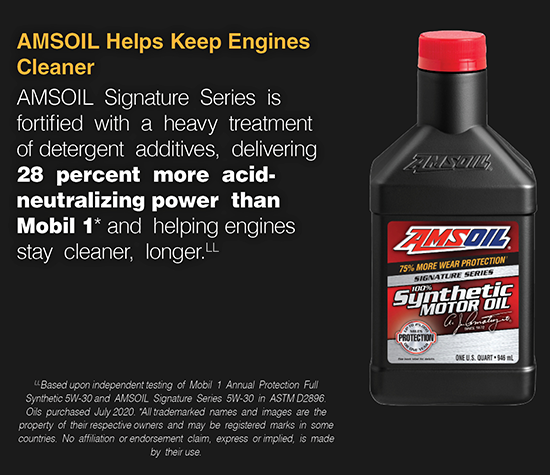
- Superior thermal durability
Whether starting an engine in extreme cold or towing in sweltering heat, the timing chain needs to remain protected. AMSOIL Signature Series provides better cold-cranking viscosity, helping improve wear protection for engine components at startup,4 while its superior thermal durability and shear-stable formula maintain protection under extreme heat and pressure.
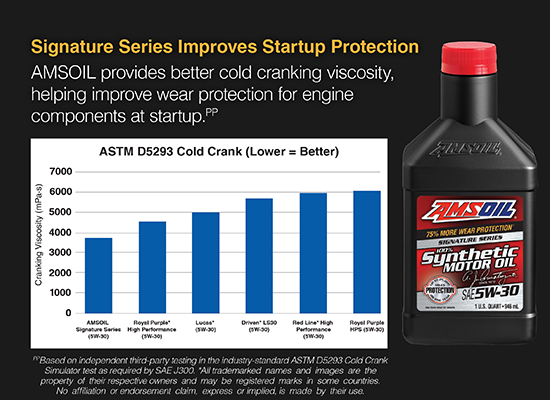
Chain reaction
While often overlooked, the timing chain plays a crucial role in engine performance. Staying alert to potential problems and responding quickly can help avoid major repairs or even catastrophic engine failure. AMSOIL motor oils provide excellent protection for timing chains and other components, helping ensure engine performance, reliability and longevity.
1Based on independent testing of AMSOIL Signature Series 0W-20 using the ASTM D6891 standard test. 2Based on independent testing of AMSOIL Signature Series 5W-30 in the ASTM D6593 engine test for oil screen plugging as required by the API SN specification. 3Based upon independent testing of Mobil 1 Annual Protection Full Synthetic 5W-30 and AMSOIL Signature Series 5W-30 in ASTM D2896. Oils purchased July 2020. 4Based on independent third-party testing in the industry-standard ASTM D5293 Cold Crank Simulator test as required by SAE J300.

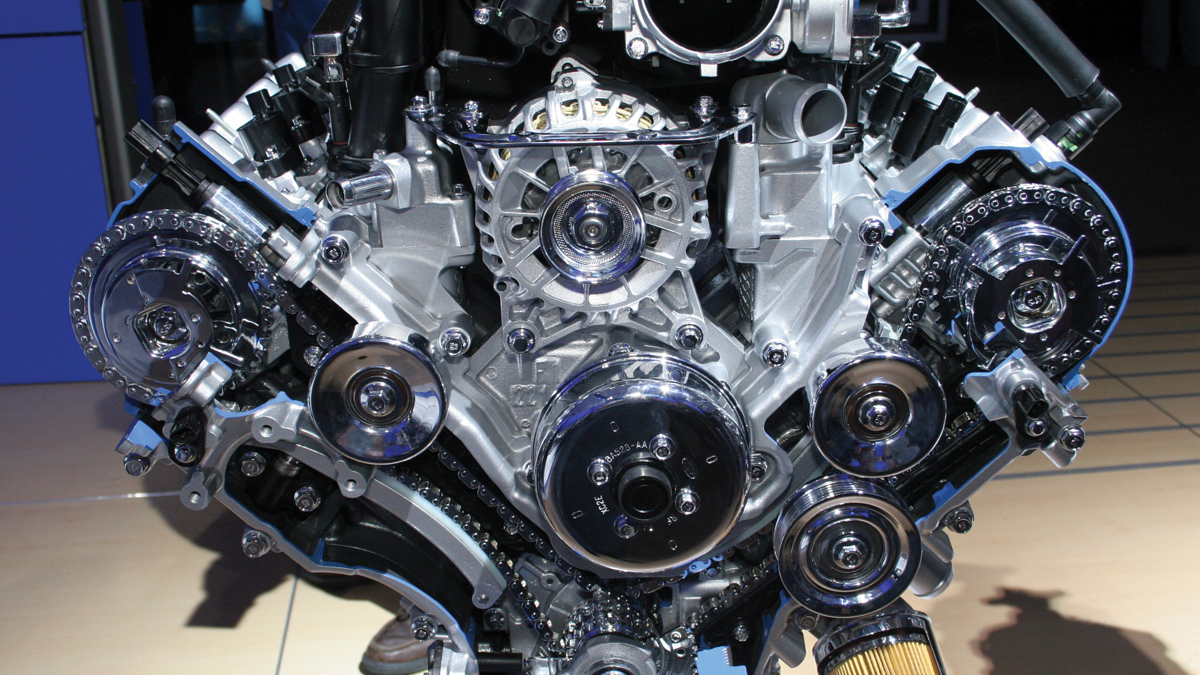
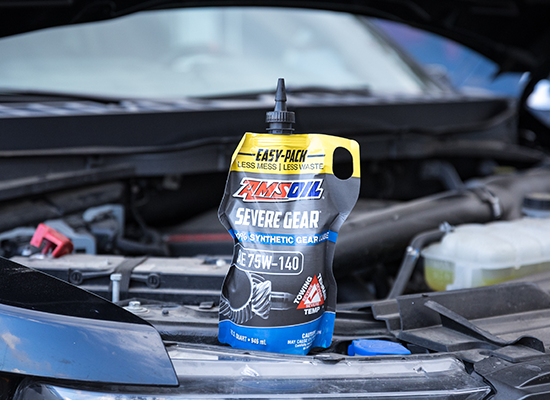



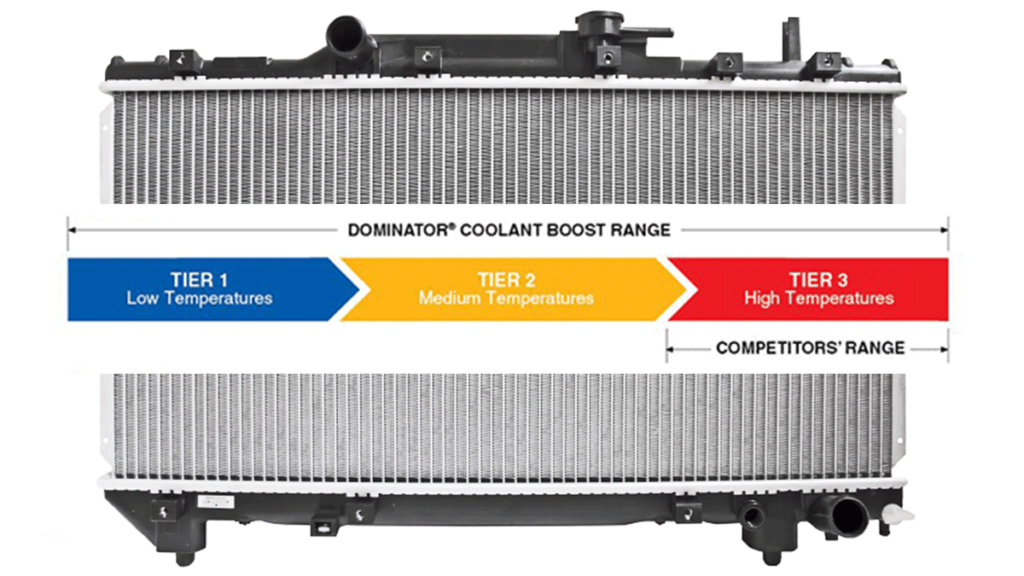
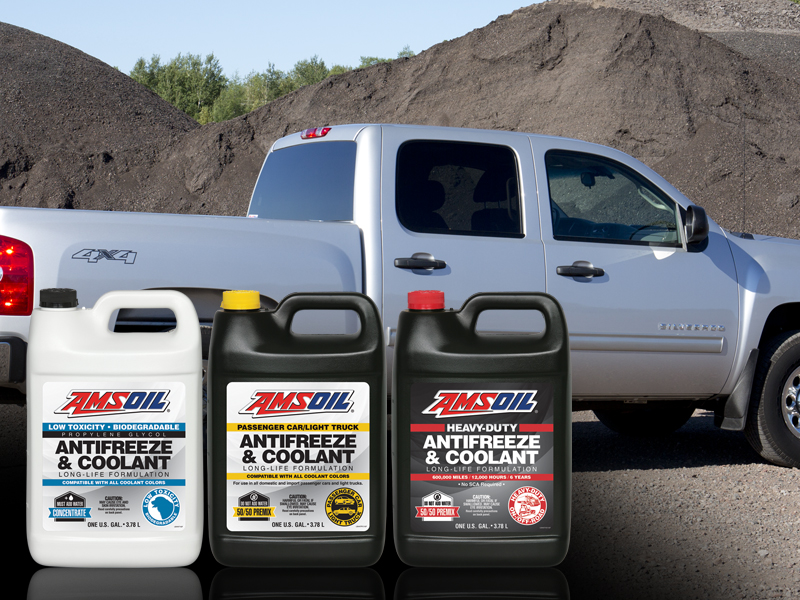
by Brad Nelson
Brad Nelson is a staff writer for AMSOIL. Outside of work he enjoys family adventures, wilderness exploration and riding/wrenching on vintage metric motorcycles.